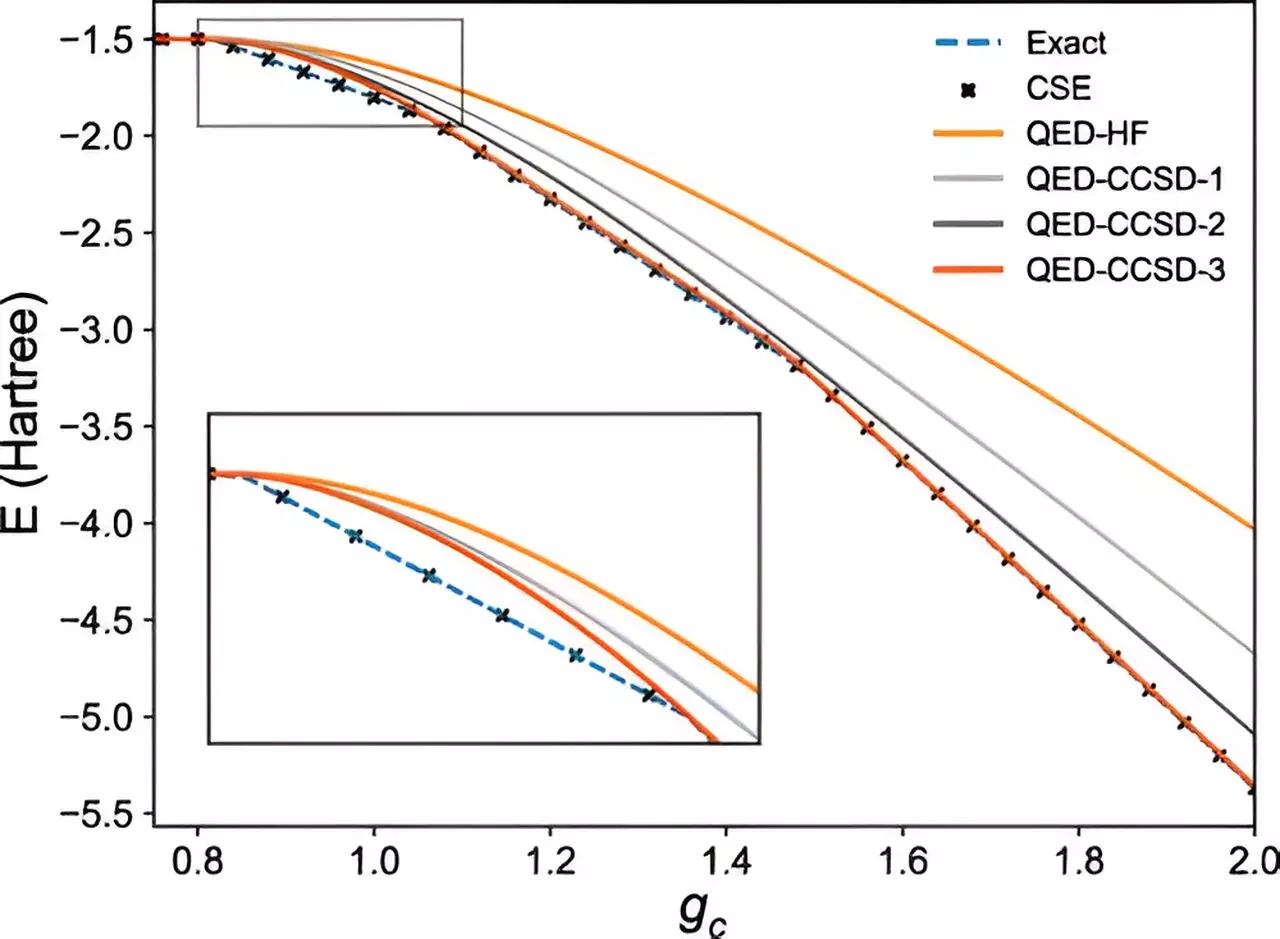

The study conducted by the University of Trento in collaboration with the University of Chicago presents a groundbreaking approach to analyzing the interactions between electrons and light. This research has the potential to revolutionize the development of quantum technologies and lead to the discovery of new states of matter. Understanding how quantum particles interact is key to unlocking the potential of new molecules and materials for various applications.
When molecules or compounds interact with light, their physical properties can undergo significant changes. This has led to the emergence of a new field known as polaritonic chemistry, which aims to utilize light as a catalyst to induce chemical reactions. By controlling light-matter interactions, researchers can manipulate and synthesize new forms of quantum matter with unique properties. This opens up a world of possibilities for scientific advancements and technological innovations.
Studying quantum systems that involve multiple elements such as electrons, photons, and phonons can be incredibly challenging. Calculating the wave function of such complex systems, which holds crucial information about the behavior of quantum particles, is no easy task. Researchers face the daunting challenge of making accurate predictions in systems with diverse types of quantum particles.
A group of researchers led by Carlos Leonardo Benavides-Riveros and David A. Mazziotti introduced a theoretical framework to predict interactions in many-body quantum systems on a quantum computer. This innovative approach allows for the modeling of systems containing different types of quantum particles like electrons, photons, and phonons. By simulating a universal quantum algorithm on an IBM quantum computer with zero theoretical error, the researchers demonstrated the power of their method.
The researchers’ universal ansatz offers a new way to generate precise prescriptions for complex quantum systems, enabling the creation of exact wave functions when implemented on quantum devices. This advancement has significant implications for the study of states of matter and the potential applications in various fields. By broadening the scope of quantum systems beyond electrons to include photons and other particles, scientists can explore new avenues for research and discovery.
As quantum systems in nature rarely consist solely of electrons, the inclusion of other quantum particles like photons can reveal novel properties and behaviors. This versatile approach opens up new possibilities for using quantum computers to model complex molecular problems related to light-matter interactions. The field of polaritonic chemistry, in particular, stands to benefit from the advancements made in understanding electron-light interactions.
The study by the University of Trento and the University of Chicago marks a pivotal moment in the exploration of quantum technologies. By developing a universal approach to analyzing interactions between electrons and light, researchers have laid the foundation for future advancements in quantum computing and the discovery of new states of matter. This research has the potential to shape the future of technology and scientific exploration in profound ways.
Despite the term "rare," rare earth metals (REMs) are not nearly as scarce as their…
A collaboration led by Rutgers University-New Brunswick has initiated a paradigm shift in our understanding…
Natural gas leaks are a growing concern in both urban and rural settings, with potential…
Recent groundbreaking research at the University of Vienna has unveiled a novel interplay of forces…
In recent years, perovskites have garnered significant attention in the fields of materials science and…
For decades, astronomers have probed the depths of the Milky Way, grappling with two perplexing…
This website uses cookies.